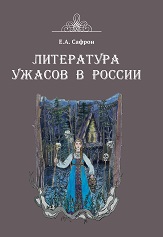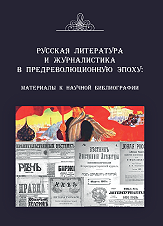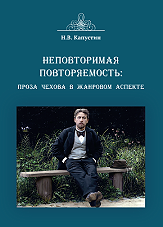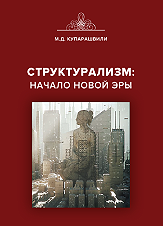Sultanmuradov Agaragim M.,
Candidate of Philology, Associate Professor,
Head of the Folklore Department
G. Tsadasa Institute of Language, Literature and Art
Dagestan Federal Research Center of the Russian Academy of Sciences
e-mail: ansaraga@mail.ru
https://orcid.org/0009-0001-9370-516X
Kusegenova Faniya A.,
Candidate of Philology, Associate Professor, Senior Researcher
G. Tsadasa Institute of Language, Literature and Art
Dagestan Federal Research Center of the Russian Academy of Sciences
e-mail: faniyak@yandex.ru
https://orcid.org/0009-0000-6773-6010
The article is devoted to the problem related to the peculiarities of the existence of children’s game folklore of two Turkic peoples — Nogais and Kumyks. Based on the analysis of a large amount of textual material, drawn mainly from published collections of folklore texts of the two peoples, as well as collected by the authors themselves, such aspects of children’s game folklore as its origins (echoes of ancient ritual acts and remnants of folk life) are considered genre originality (counting, drawing lots, game choruses, teasers, jokes, jokes, sentences-nicknames, songs-appeals, tongue twisters, mirilki), themes; artistic features, rhyme, rhythmic organization, linguistic features (extreme conciseness, conciseness), change of emotional content; transformation of the poetics of game poetry and the action itself and etc. Special emphasis is placed on how, thanks to this type of folklore, a child gets the opportunity to recognize the world around him, comprehend his belonging to a particular ethnic group, learn the history and culture of his people and region, understand the basics of verbal and poetic art, etc. The article also draws attention to how, over the years of their existence, children’s games of the two peoples have not only developed, but also changed certain rules in them, and the text repertoire accompanying them has changed.
Keywords: children’s folklore, poetry, folk games, genres, texts, Nogais, Kumyks
References
1. Kheizinga I. Homo ludens. Chelovek igraiushchii / sost., predisl. i per. s niderl. D.V. Silvestrova; komment. D.E. Kharitonovicha. St. Petersburg: Izd-vo Ivana Limbakha, 2011. 416 s.
2. Svod pamiatnikov fol’klora narodov Dagestana: v 20 t. T. 7: Detskii fol’klor / sost. F.Z. Abakarova, F.Kh. Mukhamedova. Makhachkala: ID “Dagestan”, 2019. 552 s.
3. Tu’e o’rkesh = Verbliuzhii gorb: v 2 t. / sost. T.A. Akmanbetov. Makhachkala: Delovoi mir, 2014. (Na nog. iaz.)
4. K’’umuk’’ khalk’’ avuz iaratyvchulug’’u = Kumykskoe ustnoe narodnoe tvorchestvo: khrestomatiia dlia studentov / sost. A.-K.Yu. Abdullatipov, A.M. Sultanmuradov. Makhachkala, 2002. 328 s. Na kum. iaz.
5. Anikin V.P. Russkie narodnye poslovitsy, pogovorki, zagadki i detskii fol’klor. Moscow: Uchpedgiz, 1957. 240 s.
6. Melnikov M.N. Russkii detskii fol’klor. Moscow: Prosveshchenie, 1987. 240 s.
7. Vinogradov G.S. Russkii detskii fol’klor. Kn. 1. Irkutsk, 1930. 234 s.
8. Aiamda bolsa ialarman, anamda bolsa alarman: sb. fol’klornykh tekstov / sost. F.A. Kusegenova. Makhachkala: Epokha, 2015. 160 s. (Na nog. iaz.)
9. K’’umuk’’ khalk’’ avuz iaratyvchulug’’u = Kumykskoe ustnoe narodnoe tvorchestvo: v 3 t. T. 1: Sokrovishchnitsa pesen / sost. A.M. Adzhiev. Makhachkala: ID “Dagestan”, 2018. 508 s. (Na kum. iaz.)
10. Kapitsa F.S. Russkii detskii fol’klor: ucheb. posobie dlia studentov vuzov. Moscow: Flinta: Nauka, 2002. 320 s.





.png)







